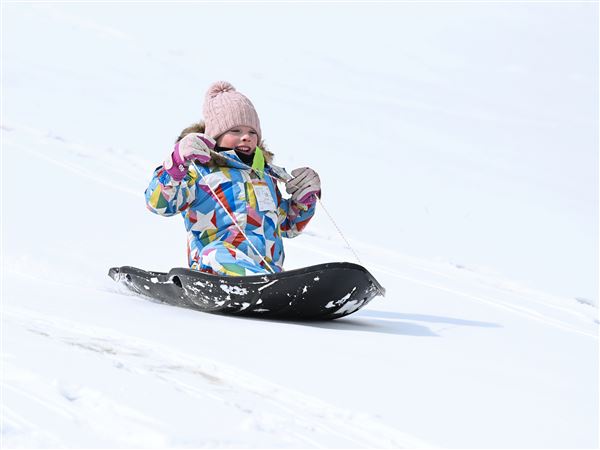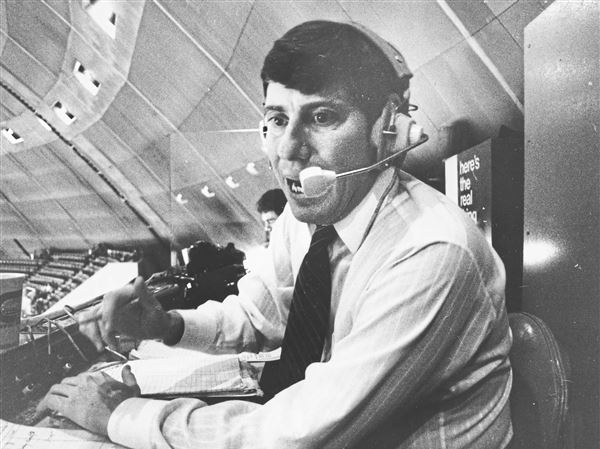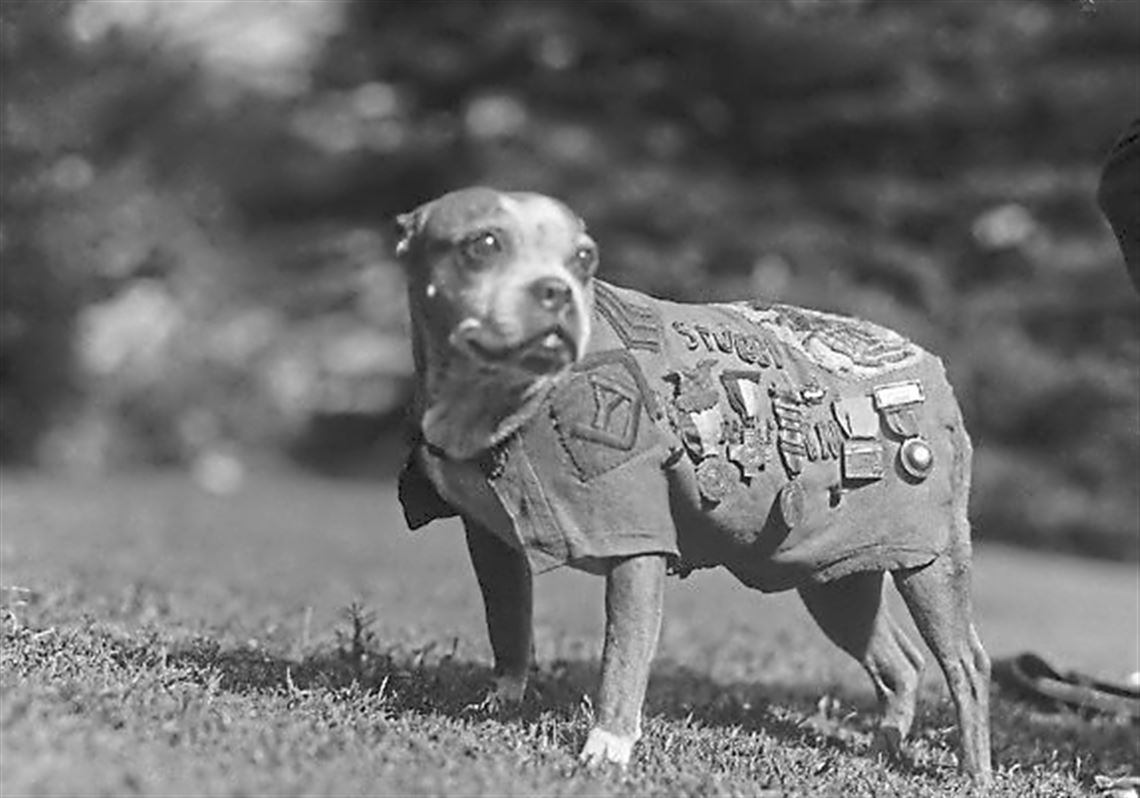World War I medics with red crosses emblazoned on their uniforms rushed onto bloody battlefields littered with the bodies of fallen soldiers. Some were dogs, and they reportedly saved time and saved lives, finding soldiers who were still alive.
Some dogs carried medical supplies into the field, and bigger ones sometimes carried stretchers. Some medic dog comforted dying soldiers, lying beside them in their final moments.
Dogs also served as sentries, scouts or guards. Others served as messengers, carrying battle plans and important information in their collars.
One of those collars is on display at the National World War I Museum and Memorial (www.theworldwar.org) in Kansas City, Mo., near photographs, posters and postcards brought home by American soldiers who fought in what was then known as The Great War.
Monday is International Dog Day, and the people who work at the museum thought it was a good time to talk about the dogs that served in Europe on both sides of the battle lines.
As many as 50,000 dogs served, they said, but the number is hard to confirm. Who was really keeping count?
“World War I was the first war in which military dogs were mobilized on a massive, organized scale,” said Jonathan Casey, director of archives at the museum.
He said the Germans had the most dogs, including — what else — German shepherds and Doberman pinschers. The Americans probably had the smallest number of dogs “because we didn’t really have time to get a dog training program up and running,” Mr. Casey said.
The war started in July 1914, but the U.S. didn’t enter the fray until April 1917. In response to recruitment pitches from the U.S. government, families donated dogs to the war effort, which is sad and chilling when you think about it.
Airedales were popular war dogs, as were collies and other sheep dogs, shepherds and spaniels, Mr. Casey said.
The most famous war dog has a brick on the Walk of Honor at the World War I Museum. It reads: Sergeant Stubby/Hero Dog of World War/A Brave Stray.
“Stubby — thought to be a pit bull mix or a Boston terrier mix — was probably more of a mascot,” at least at first, said Mr. Casey.
Legend has it that the dog wandered onto a training field at Yale University in New Haven, Conn. James Robert Conroy adopted the dog and took him to France in the spring of 1918. Both served together with the 102nd Infantry Regiment in the 26th Division.
Stubby probably served as a sentry, Mr. Casey said. Reports say he once woke sleeping soldiers to warn them of a pending gas attack and on another occasion chased down an escaping prisoner.
He made it home alive, to a hero’s welcome. Poems and newspaper articles were written about him, and he received many medals and decorations. He was photographed having a medal pinned on his uniform by Gen. John J. Pershing.
After his death in 1926, Stubby’s body was “stuffed” by a taxidermist. In the 1950s, the body was put on display in the American History Museum of the Smithsonian Institution in Washington, D.C., Mr. Casey said.
If you’re wondering why the World War I Museum is in Kansas City, Mr. Casey has the answer: because civic leaders in the 1920s wanted it and got Congress to make it official. There’s also a National World War II Museum in New Orleans, also approved by Congress.
Dogs continue to serve in the U.S. military, including in Iraq and Afghanistan. Most of them are used to detect bombs and improvised explosive devices, and they save many lives by finding explosives before they kill soldiers and civilians.
Some animal lovers believe dogs should not be given jobs where they can be injured or killed. Supporters say they save the lives of humans.
Linda Wilson Fuoco: lfuoco@post-gazette.com or 412-263-3064.
First Published: August 23, 2019, 12:00 p.m.
Updated: August 23, 2019, 3:58 p.m.




















